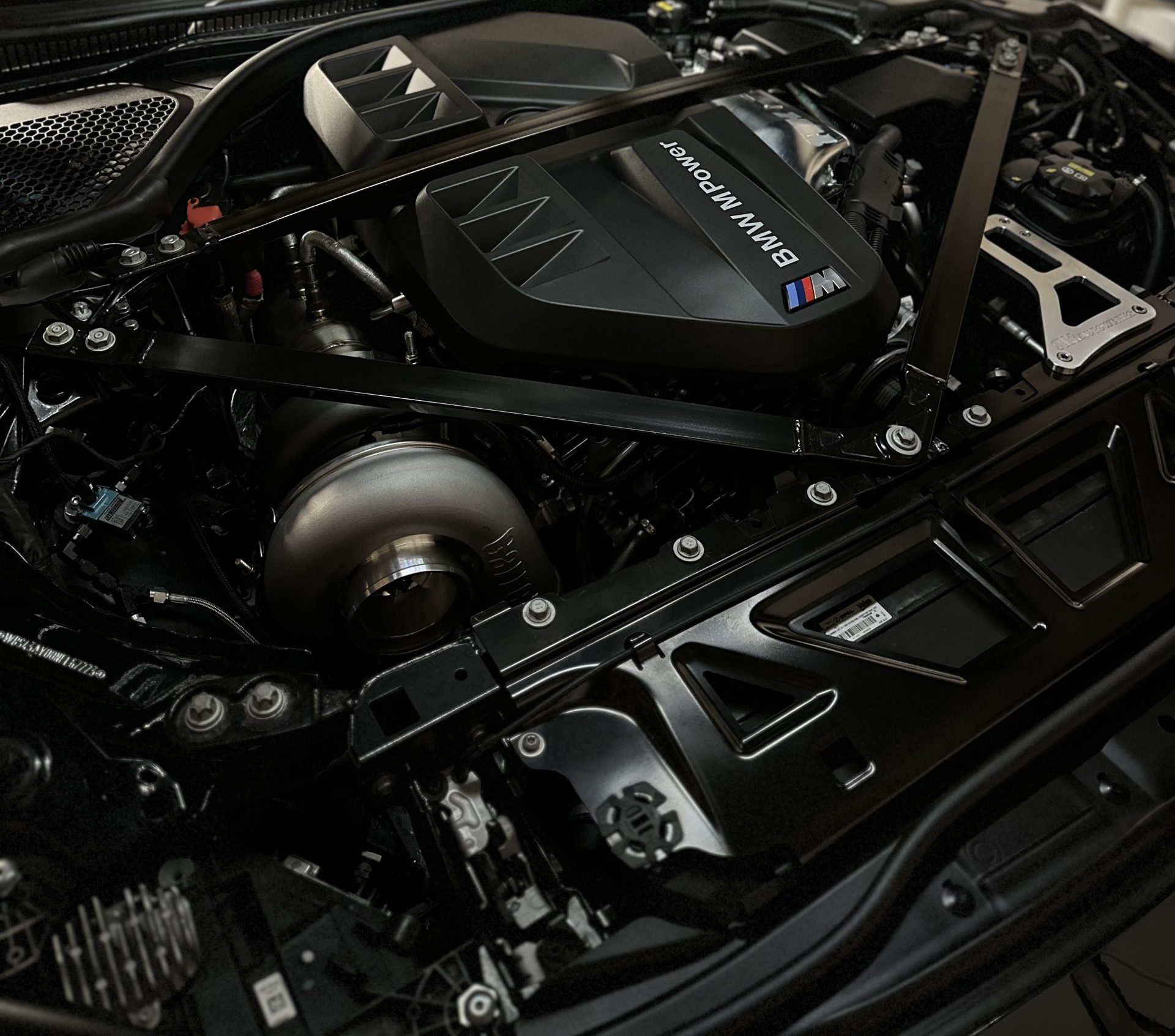Discovering the Evolution of Burning Engines in Modern Transportation Equipments
As we browse the landscape of contemporary transportation, the evolution of combustion engines stands as a testimony to human ingenuity and engineering expertise. The interplay of history, technology, and ecological issues in shaping the trajectory of combustion engines develops a story that is both informative and compelling.
Early Beginnings of Combustion Engines
How did the principle of combustion engines first emerge in the very early phases of transportation growth? The origins of combustion engines can be traced back to the 17th century when the concepts of interior burning were very first discovered.
The advancement moment featured the innovation of the first effective gasoline-powered engine by Karl Benz in 1885 - bmw engine. This engine led the way for the growth of the contemporary vehicle, transforming transportation systems worldwide. Succeeding technologies by Nikolaus Otto and Gottlieb Daimler additionally improved burning engine innovation, resulting in the mass manufacturing of cars and the quick growth of the transportation industry
These very early burning engines were characterized by their simplicity and efficiency, laying the structure for the complex and effective engines used in contemporary transport systems. The development of combustion engines has contributed fit the way we travel and move products, marking a considerable milestone in the background of transportation development.
Transition to Internal Combustion Innovation
The change to interior combustion technology marked a critical change in the evolution of transportation systems. This shift started in the late 19th century, with developers like Nikolaus Otto and Gottlieb Daimler developing the initial successful interior combustion engines. These engines reinvented transport by using an extra effective and powerful option to vapor engines and electric motors.
Among the vital advantages of interior combustion engines was their ability to be scaled down to suit cars, resulting in the advancement of motorbikes and cars. This change from cumbersome, stationary engines to small, mobile ones led the way for the modern-day transportation systems we see today.
The change to internal burning modern technology also spurred improvements in gas innovation, resulting in the development of gas and diesel as primary gas resources for automobiles. This change not just made transportation a lot more available to the masses however also laid the foundation for the oil and gas sector to come to be integral to international economies.
Influence of Combustion Engines on Transportation
The adoption of combustion engines in transportation systems catalyzed a profound shift in the performance and rate of international movement. Burning engines reinvented transportation by providing a trustworthy and flexible source of power for numerous cars, consisting of vehicles, vehicles, airplanes, and ships. This advancement dramatically boosted the capability for individuals and items to relocate over fars away in shorter period, causing raised connection in between regions and countries.
Furthermore, the extensive use burning engines has actually had a substantial influence on financial development. The ability to transport goods successfully has stimulated trade and business, allowing organizations to expand their markets and get to customers worldwide. This has helped with economic development and globalization, as items can currently be carried quicker and in larger quantities than ever in the past.
Nonetheless, the environmental influence of burning engines can not be neglected. The combustion of fossil gas has brought about air contamination and greenhouse gas exhausts, contributing to climate adjustment and posturing health threats to populaces. bmw engine. Consequently, there this website is a growing focus on establishing different propulsion technologies to alleviate these negative impacts and develop a much more lasting future for transport
Innovations in Combustion Engine Style
One remarkable advancement is the development of turbocharged engines, which make use of exhaust gases to drive a wind turbine that presses inbound air, enabling for even more gas to be burned, resulting in enhanced power outcome without a significant boost in engine dimension. Variable shutoff timing systems have also changed engine navigate to this site style by enhancing air flow at various engine rates, enhancing both power and efficiency. These developments jointly contribute to the continual improvement of burning engines in contemporary transport systems.
Future Trends in Burning Engine Advancement
With innovation advancements driving continual development, the future of burning engine development is positioned to change transport systems globally. Among the essential patterns in combustion engine advancement is the press towards higher effectiveness and decreased exhausts. Manufacturers are investing greatly in r & d to enhance engine performance while satisfying rigorous environmental regulations. This includes the assimilation of innovative fuel shot systems, improved turbocharging approaches, and making use of light-weight products to maximize gas usage and minimize carbon discharges.
An additional noticeable fad is the fostering of hybrid technologies in combustion engines. Crossbreed engines incorporate conventional combustion technology with electric power, offering boosted fuel performance and reduced discharges. As the automotive market shifts in the direction of electrification, hybrid burning engines are seen as a transitional remedy that links the space between standard vehicles and completely electric ones.
Moreover, the combination of wise modern technologies, such their explanation as expert system and data analytics, is anticipated to play a considerable function in the future of combustion engine advancement. These innovations can enhance engine efficiency in real-time, bring about more effective combustion procedures and improved general vehicle efficiency. Accepting these future fads will not only drive development in combustion engine development but additionally contribute to a much more eco friendly and lasting transportation ecosystem.

Verdict
In final thought, the development of combustion engines in modern-day transport systems has been marked by substantial innovations in innovation and design. From the very early starts of combustion engines to the change to inner combustion technology, these engines have actually had a profound impact on transport.
The roots of burning engines can be traced back to the 17th century when the principles of inner combustion were initial checked out. These engines transformed transport by using a much more powerful and effective alternative to vapor engines and electric motors.
